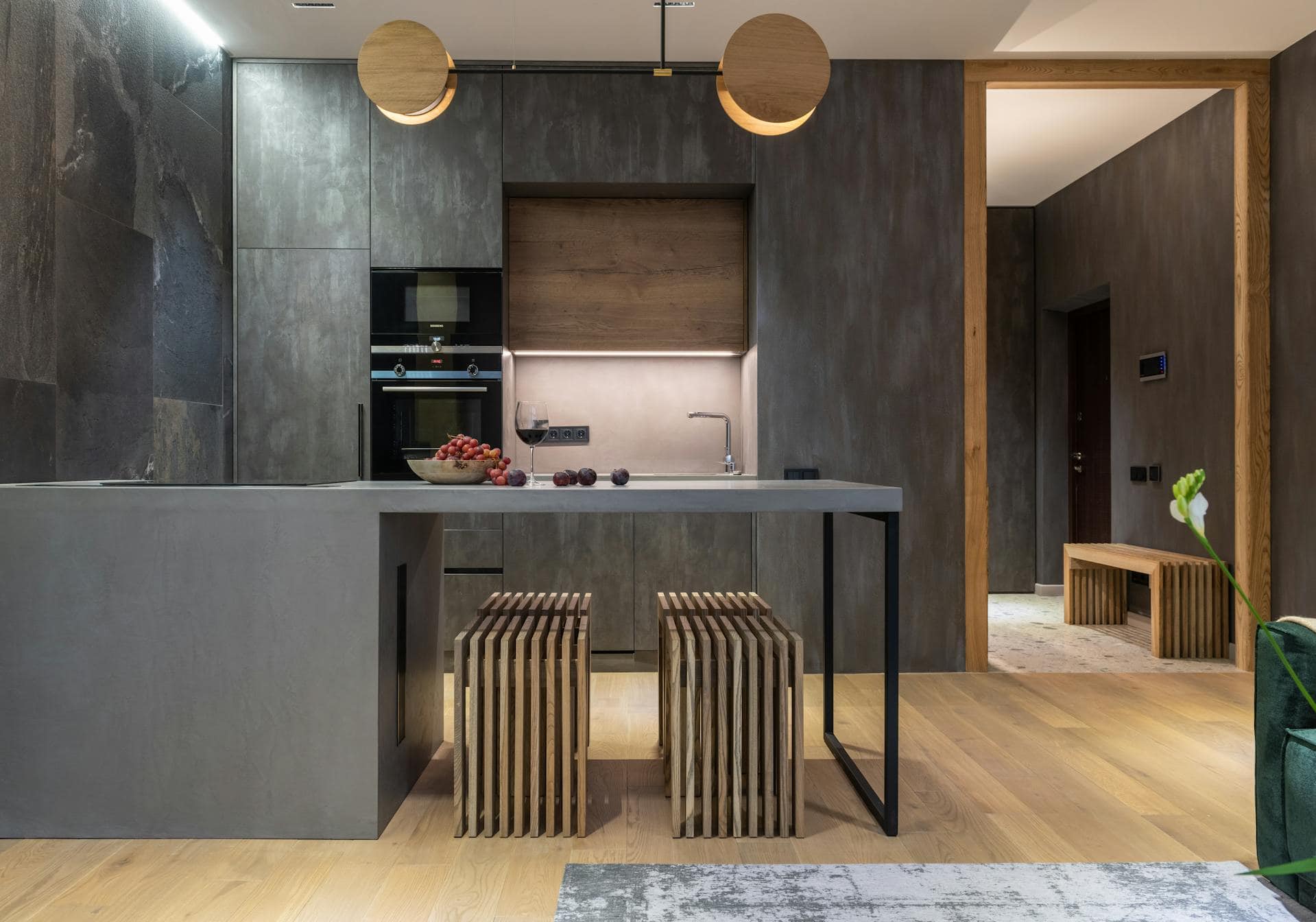
Question: Should You Lay a Wooden Floor Under Kitchen Units?
Answer: Whether or not you should lay a wooden floor under kitchen units depends on several factors. If the units ever need removing, the exposed flooring will likely not match the rest of the kitchen. On the other hand flooring installed under kithcen units provides seamless look.
Kitchen Flooring: A Practical Guide
Many homeowners ask: “Should you lay a wooden floor under kitchen units?” This question requires careful consideration. This article explores the pros and cons of laying a wooden floor beneath kitchen cabinets, empowering you to make an informed choice for your home.
Advantages of Installing Flooring Under Units
Installing flooring under kitchen units offers several benefits. It creates a uniform look throughout the kitchen. If you later decide to change the kitchen layout, the flooring is already in place. This flexibility saves time and money in the future. A complete floor also adds value to your property. Buyers often appreciate the finished look and perceive it as a sign of quality.
A continuous floor surface also simplifies cleaning. Dirt and debris cannot accumulate under the units. This ease of cleaning contributes to a more hygienic kitchen environment. The flooring also protects the subfloor from moisture damage, particularly from spills that might seep under cabinets.
Click here for more information on kitchen refacing near me Toronto
Related Article: What is the Most Waterproof Flooring for a Kitchen?
Related Article: What is the Cheapest Way to Replace Kitchen Floor?
Material Considerations for Under-Unit Flooring
If you decide to install flooring beneath your kitchen units, choosing the right material is crucial. Solid wood, engineered wood, and laminate each offer unique characteristics.
Solid Wood:
Solid wood provides a beautiful, natural look but can be susceptible to moisture damage and expansion/contraction with temperature changes.Engineered Wood:
Engineered wood offers greater stability than solid wood, making it a more suitable option for kitchens.Laminate:
Laminate is a cost-effective and durable option that resists moisture well.
Consider your budget, lifestyle, and the overall aesthetic of your kitchen when choosing the right flooring material.
Alternative Approaches: Flooring Around Units
An alternative approach is to lay flooring around the units and cover the exposed subfloor under the cabinets with a less expensive material, such as plywood. This method reduces material costs and installation time. You achieve a similar visual result by matching the plywood to the cabinet color.
This strategy also simplifies subfloor repairs. You can access the subfloor without removing the cabinets. However, this approach might compromise the resale value compared to a fully floored kitchen.
Should You Lay a Wooden Floor Under Kitchen Units?
The decision hinges on balancing priorities. If a seamless look and future flexibility are essential, installing flooring under the units is the better choice. However, if budget and ease of installation are primary concerns, laying flooring around the units is a practical alternative.
Evaluate your budget, the longevity of your kitchen design, and your comfort level with future renovations when making this decision. Consulting a flooring professional will provide valuable insights and ensure an optimal choice for your needs.
Preparing the Subfloor
Regardless of your decision, proper subfloor preparation is paramount. A level and dry subfloor is crucial for a successful flooring installation. Uneven surfaces can cause the finished floor to creak or become unstable. Dampness can lead to warping and mold growth.
Before installing any flooring, ensure your subfloor is clean, dry, and level. Use a self-leveling compound to address any unevenness. Install a moisture barrier if necessary, especially in areas prone to dampness. Properly preparing the subfloor will ensure a long-lasting and beautiful finished floor.
Conclusion
Choosing whether to lay flooring under kitchen units involves careful consideration of various factors. By weighing the pros and cons, considering material options, and understanding alternative approaches, you can make an informed decision that best suits your needs and enhances your kitchen. [ 1 ]
References
1. https://www.kaceyscarpet.com/blog/articles/should-you-install-hardwood-under-or-around-cabinets/

Blue Malue Get in touch with Blue here.
